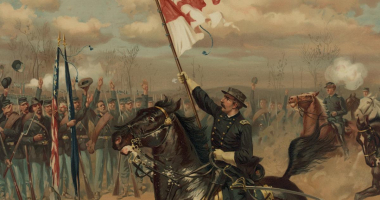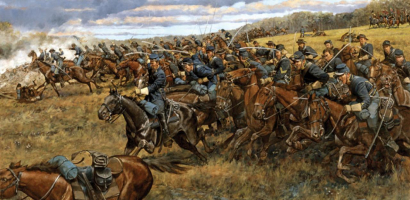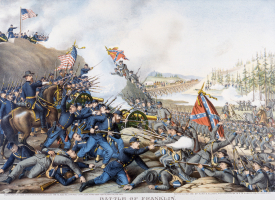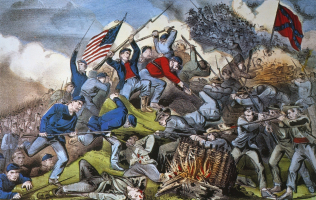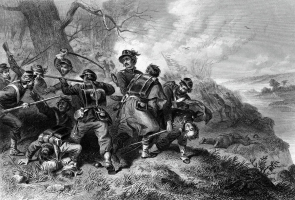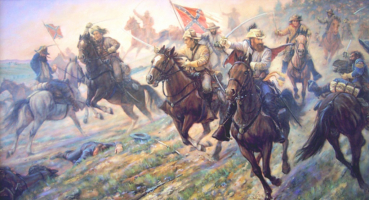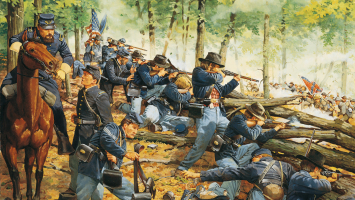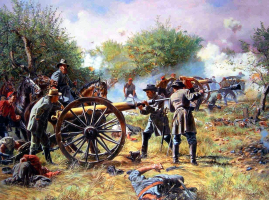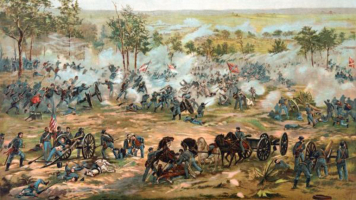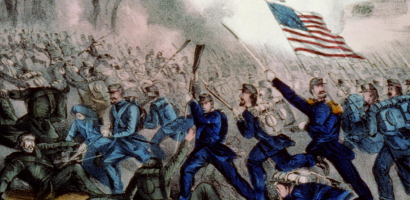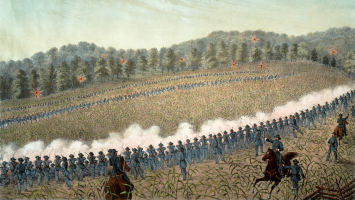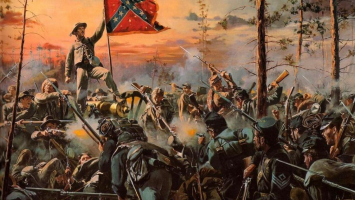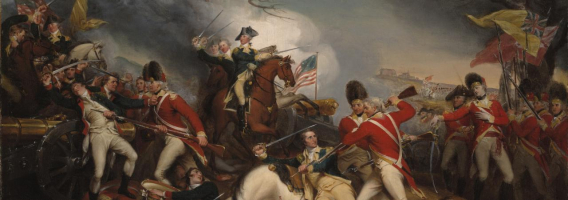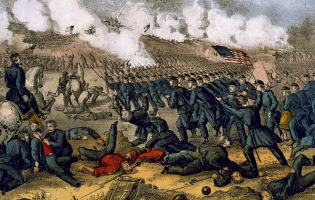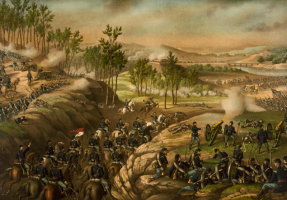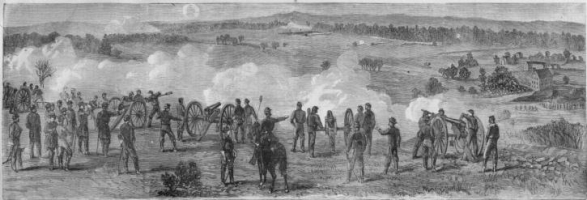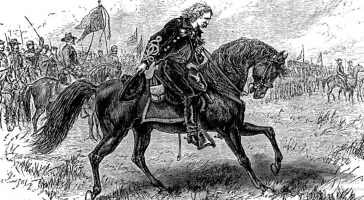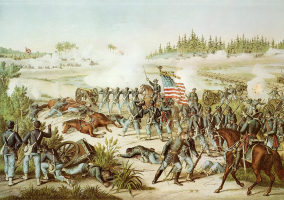Top 8 Facts About The Battle of Cedar Mountain
The American Civil War's Battle of Cedar Mountain, also known as Slaughter's Mountain or Cedar Run, took place in Culpeper County, Virginia, on August 9, 1862. ... read more...As the Confederates marched on Culpeper Court House to halt a Union advance into central Virginia, Union forces under Maj. Gen. Nathaniel P. Banks engaged Confederate forces under Maj. Gen. Thomas J. "Stonewall" Jackson on Cedar Mountain. The conflict marked the start of the campaign in Northern Virginia. And here are some facts about the battle of Cedar Mountain.
-
Pope marched his army toward the Gordonville, Virginia, rail connection while Lee sent a different force led by "Stonewall" Jackson to defeat Pope's army before McClellan could reinforce him. Lee kept his position opposite General George B. McClellan. Pope dispersed his troops along the Rapidan River, giving Jackson a chance to attack the dispersed Union columns. Pope had just enough time to dispatch troops under General Franz Sigel to join General Nathaniel Banks at Cedar Mountain, but the severe heat, Jackson's own concealment, and misunderstanding among his subordinate generals slowed Confederate progress.
In response to Pope's orders, General Robert E. Lee sent Major General Thomas J. "Stonewall" Jackson and 14,000 soldiers to Gordonsville on July 13. On July 27, Jackson was subsequently bolstered by Maj. Gen. A.P. Hill's division with an additional 10,000 soldiers. Before the Army of the Potomac could bolster Pope's Army of Virginia, Lee wanted to have Jackson attack them. In an effort to divert Confederate attention from Maj. Gen. George B. McClellan's retreat from the Virginia Peninsula, Pope marched his men southward into Culpeper County on August 6 with the goal of seizing the rail junction at Gordonsville.
Jackson decided to assault Pope's vanguard under Banks in reaction to this threat before the entire Army of Virginia could be deployed against his position at Gordonsville. He wanted to proceed on Culpeper Court House, 26 miles (42 km) north of Gordonsville and the center of the Union arc about Northern Virginia, after beating Banks in order to prevent Pope's army from coming together. As he had done during the Valley Campaign, this would enable Jackson to engage each of the Union Corps individually and, perhaps, defeat them.
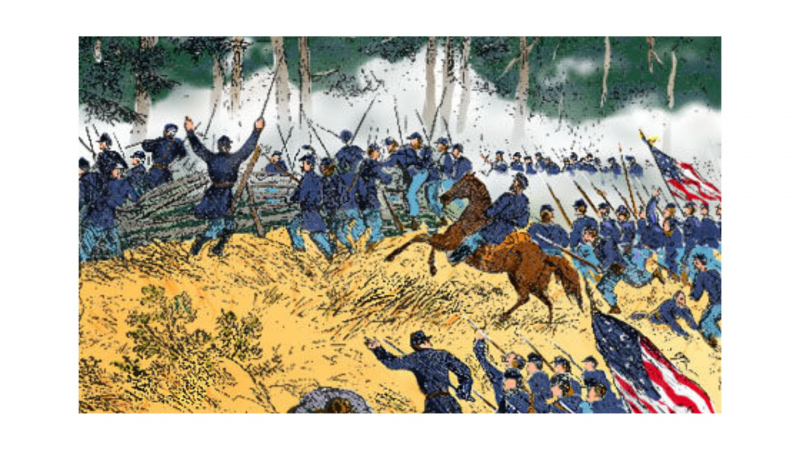
Photo: InsideNoVa.com 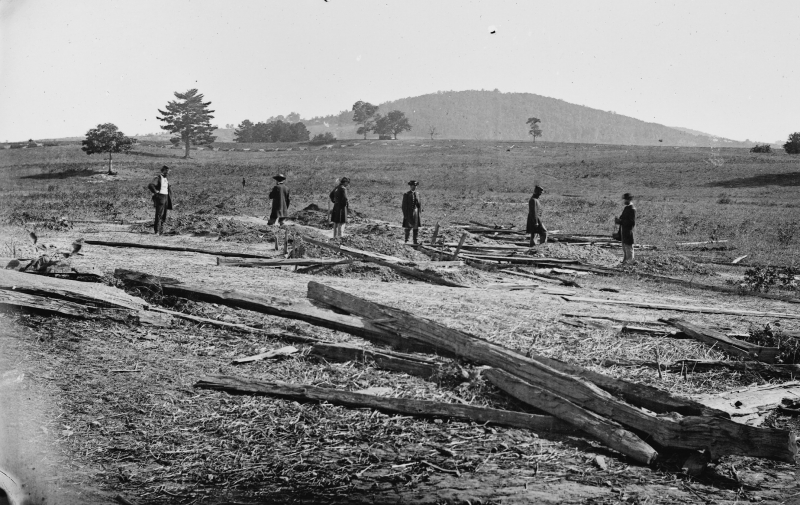
Photo: Essential Civil War Curriculum -
The next fact in the list of facts about the battle of Cedar Mountain is that there were twice as many Confederate forces as Union troops at Cedar Mountain. At Cedar Mountain, the Confederacy deployed more than 16,000 soldiers against the 8,000 Union troops. The engagement defies common belief that the Federals always had an advantage in numbers on the battlefield, similar to Gaines' Mill six weeks previously. Battle losses were heavy, with 2,353 Union soldiers (314 dead, 1,445 wounded, and 594 missing), and 1,338 Confederate casualties (231 killed, 1,107 wounded). Over half of Crawford's brigade's personnel had been lost, including the majority of its officers. The loss rates for the Prince's and Geary's brigades were 30–40%. Prince was also taken prisoner, and both generals suffered injuries. A shell caused Brigadier General Winder to lose his life.
Confederate cannons, some of which were on Cedar Mountain, and Union artillery began exchanging fire at around two in the afternoon of August 9th. While Union infantry also arrived in force, Confederate infantry formed up to charge the Union cannons and suffered greatly while doing so. Banks, however, made the decision to stand and engage in combat in the face of his long-time adversary from the Shenandoah Valley. Confederate general Charles S. Winder of the Stonewall Brigade was fatally wounded as the Confederates attacked. Meanwhile, Union forces pressed the Confederate right and center, but their advance stalled.
At six o'clock in the evening, the Confederate left flank was attacked by the Union commander Samuel W. Crawford's brigade, which then started to roll up the entire Confederate line. Jackson created a striking figure as he swung a Confederate battle flag with one hand and his sword in the air with the other as the combat grew so tense that he attempted to rouse the men himself. The next day, despite a minor separation, the two sides remained near enough for intermittent light fighting to take place. The army stayed in position until August 11, when Jackson started to move his forces toward Orange.
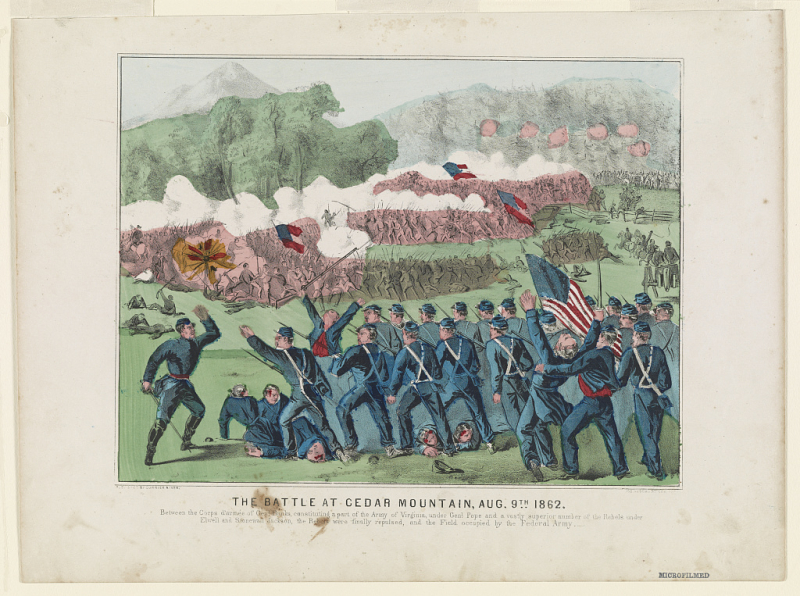
Photo: Library of Congress 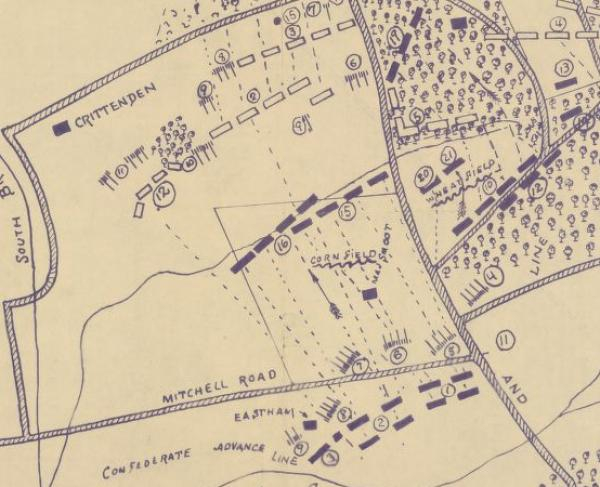
Photo: American Battlefield Trust -
General Orders 5, 7, 11, and 19 were the orders that laid out Pope's plan for future operations in Virginia. Numbers 5 and 11 detailed how the army was to treat Virginia's civilian population, while number 5 said that "troops of this command will survive upon the nation in which their operations are carried on." Included were laws that prohibited civilian compensation for Confederate incursions into their lands, mandated immediate arrest or exile for any male who refused to swear allegiance to the Union, and held civilians accountable for any damage done to Union military property within five miles of their properties.
After arriving in Virginia, Pope gave a speech in which he claimed, "“I come to you from the West, where we have always seen the backs of our enemies; from an Army whose business it has been to seek the adversary and beat him when he was found, whose policy has been attack and not defense." Pope also alienated himself from his own men. Pope was later described as "I don’t care for a pinch of owl dung." by a fellow officer.
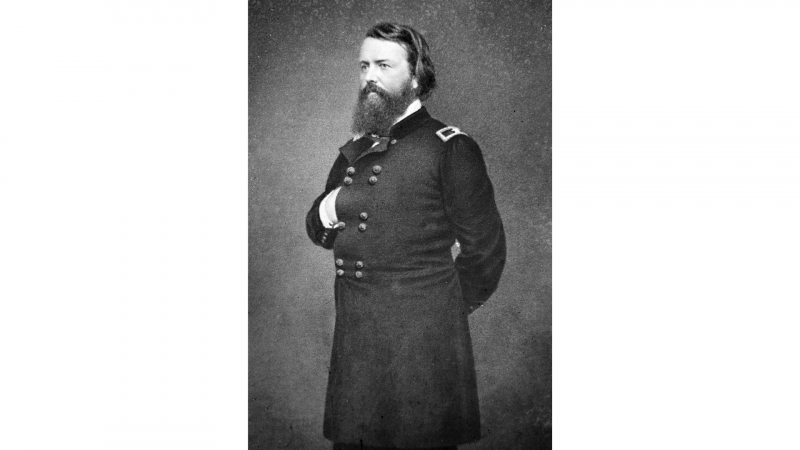
Photo: Wikipedia 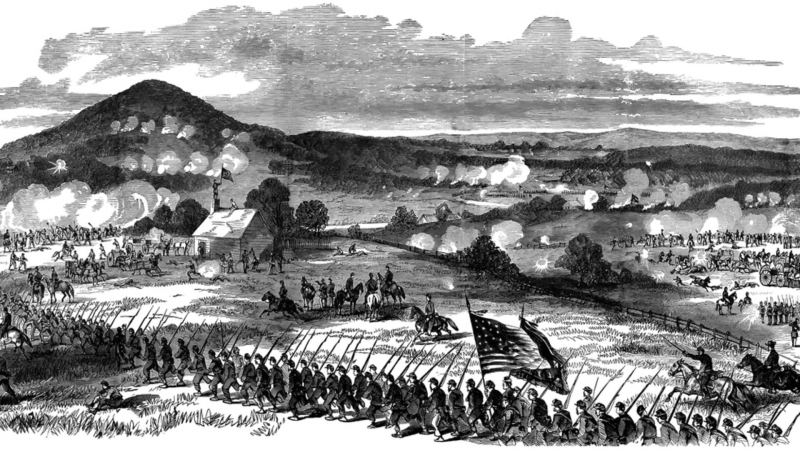
Photo: ClipArt ETC -
General Charles S. Winder of the Confederacy perished in the artillery barrage that came before the battle would be the following fact about the battle of Cedar Mountain we want to mention. Before the battle, Winder had been ill for a few days, and his doctor had recommended him not to fight. He declined. Winder mounted his horse and charged toward the Confederate artillery fire, which marked the start of the engagement. Jackson subsequently described this action as being motivated by "ardent patriotism and military pride." A misfired shell from the Confederate artillery that was unleashed during the subsequent violent cannonade tore through Winder's left flank. After being taken to a local schoolhouse, Winder passed away a short while later. He currently has a road named after him close to the former battleground.
Before being exhumed and brought to Richmond, Winder's remains were first interred nearby in Orange Court House. There, he received a state funeral before being reinterred in Hollywood Cemetery. His body was once more removed by his family three years later, this time to be interred permanently in the Wye House family cemetery, which is close to his hometown of Easton, Maryland.
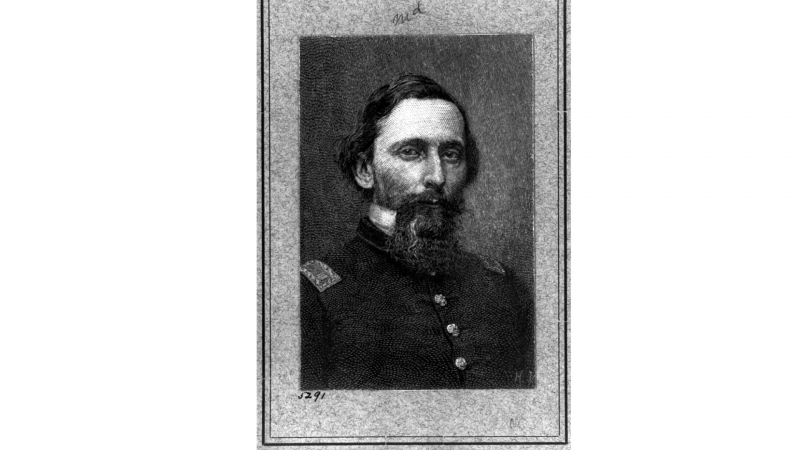
Photo: Wikipedia 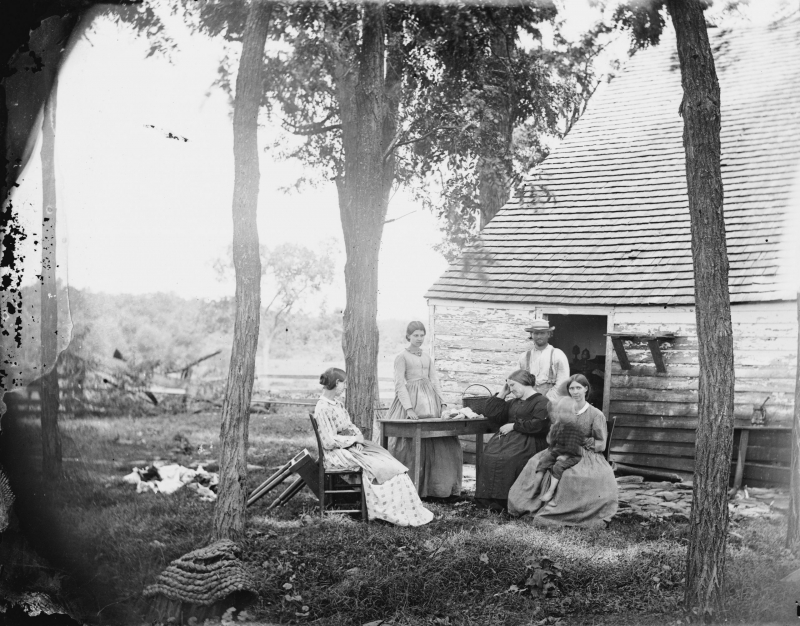
Photo: Encyclopedia Virginia -
The Orange-Culpeper Road and Crittenden Lane crossroads is where the Confederates placed their cannon (named for a prominent family in the area). The area was dubbed "the Gate." Although Union cannon rained down lethal return fire, slowing any potential advance of Confederate infantry through the region, Confederate artillery fired shot after shot from this position for nearly two hours at the beginning of the war. Before Confederate reinforcements arrived on the battlefield, Union soldiers from the 46th Pennsylvania, 28th New York, and 5th Connecticut Infantry battalions came dangerously close to seizing this stronghold.
A group of individuals rebuilt this significant landmark in 2018. Sam Pruitt, a board member of Friends of Cedar Mountain Battlefield and the scout liaison, worked with Scout Zach Wright, his father Dale , and fellow Scout Travis Badger (right), to organize the most recent attempt. The Crittenden Gate is now represented by Wright's work, which more accurately captures the split gate design. The project also involved collaborating with the state forestry department to get rid of non-native plants and replacing them with native ones. 20 Eastern Redbud trees were planted in the cleared space between the monuments and the line immediately beyond the gate. The ongoing restoration work of the Cedar Mountain Battlefield Association benefited greatly from the assistance of BSA Troop 225. A bridge connecting an interpretative path to the site's pond, picnic tables, the creation of a picnic area, the clearing and development of a trail leading to an early cemetery, and the placement of benches along the trails are examples of previous Eagle Scout initiatives.
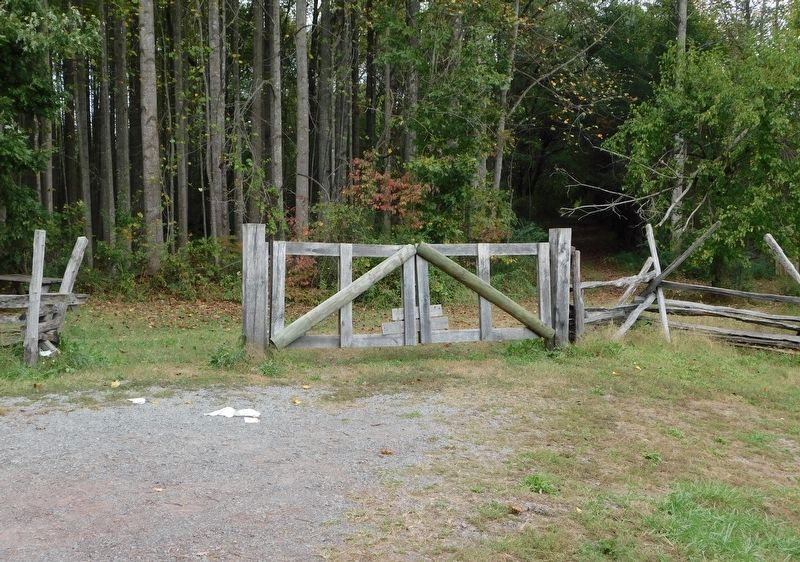
Photo: The Historical Marker Database 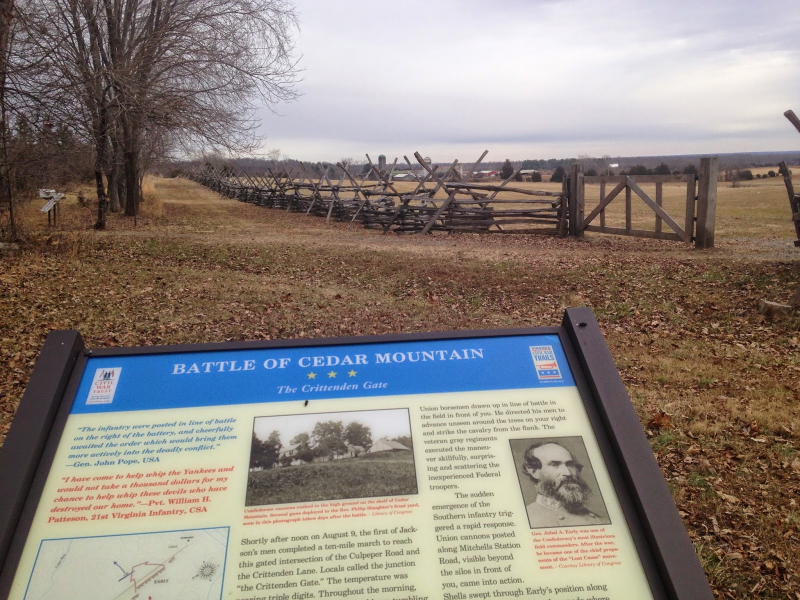
Photo: Battlefield Back Stories -
The Battle of Cedar Mountain, the Army of Northern Virginia's first important conflict with John Pope's newly formed Army of Virginia, is reenacted in Stonewall's Sword. The 1862 combat, which was marred by multiple instances of poor leadership, begins with the Union scoring an early victory with a bold charge, only to see a reversal when Confederate reinforcements arrive, culminating in a successful counterattack by A.P. Hill. To boost the morale of his left flank, which was about to collapse, Stonewall Jackson is said to have pulled his sword in this one and only engagement. Clara Barton treated the injured on the battlefield throughout this conflict as well.
Jackson rode into the midst of the maelstrom swinging his sword with the scabbard rusted to it from lack of use after two and a half hours, with the Confederate left flank on the verge of collapsing. Jackson raised his "sword" and a battle banner to rouse the swaying Confederates despite the approaching fire from all sides. In the words of one witness "the escape of Jackson from death was miraculous. He was in the thickest of the combat." The illustrious leader stopped the fear and established calm. The conflict was later described by Jackson as the "most successful of [his] exploits."
The sword has a slightly curved single-edged blade with two fullers that are etched with floral sprays, military trophies, an eagle, and the word "US." The hilt is made of gilded brass and has two branches that are filled with pierced floral designs and the word "US." The knuckle bow is pierced for the sword knot close to the pommel, which is embellished with a floral spray on the forward edge. The wood grips were wrapped in a single strand of brass wire and covered in shagreen. That's all about the sixth fact about the battle of Cedar Mountain!
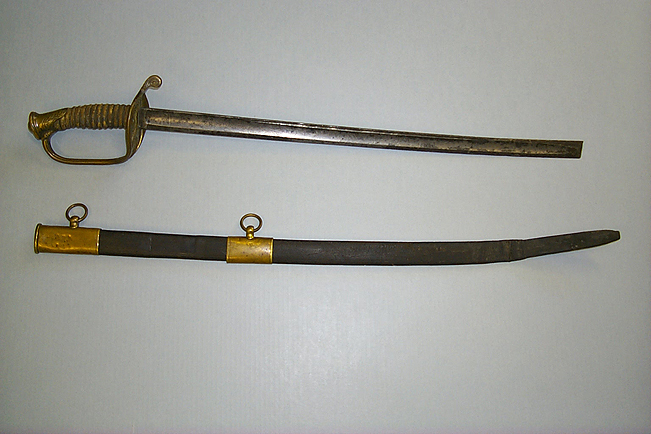
Photo: National Park Service Museum Centennial 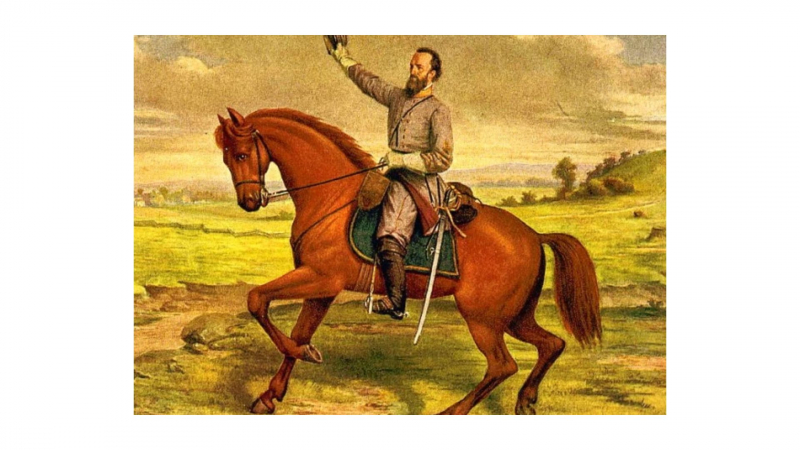
Photo: Dio Vindice -
Confederate general Ambrose Powell Hill Jr. died in the American Civil War on April 2, 1865 (he was born on November 9, 1825). To distinguish him from Daniel Harvey Hill, a different Confederate general, he is frequently referred to as A. P. Hill. Hill staged a counterattack at the Battle of Cedar Mountain on August 9 that secured the Confederate left flank and stopped it from being overrun. Hill was positioned on the Confederate left along the incomplete railroad cut three weeks later at the Second Battle of Bull Run (Second Manassas), and he defended it against numerous Union assaults. Hill and Jackson engaged in a number of small disagreements during the campaign over Hill's directives from Jackson.
A.P. Hill arrived with his six brigades of his Light Division as Jackson brandished his sword in a valiant and desperate attempt to cheer up his men. The Confederates were victorious due to their intervention and successful mounting of a counterattack as the sun was setting. Just over a month later, during the Battle of Antietam, Hill accomplished the same feat again, arriving on the battlefield as Confederate positions in front of the town of Sharpsburg appeared to be about to crumble. This prevented the entire Army of Northern Virginia from being destroyed.
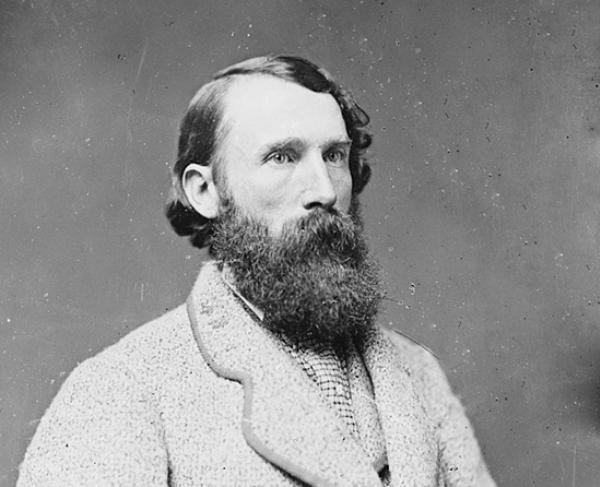
Photo: American Battlefield Trust 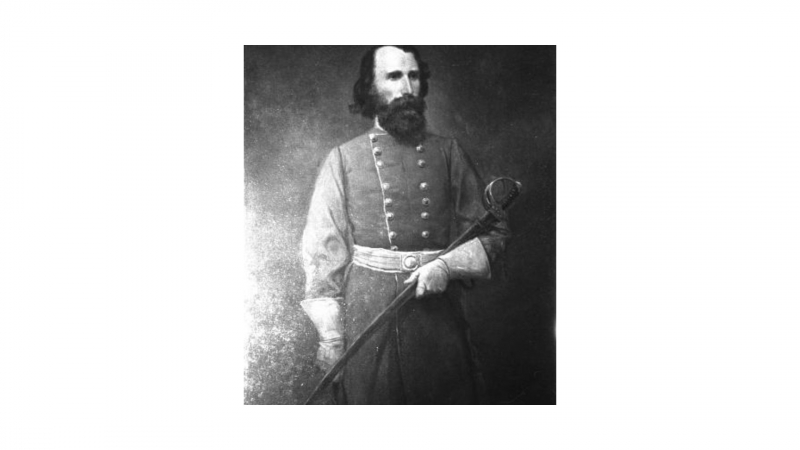
Photo: Smithsonian Institution -
To end the list of facts about the battle of Cedar Mountain, Toplist would mention a fact about Clara Barton. The American Red Cross is credited as being established by American nurse Clarissa Harlowe Barton, who lived from December 25, 1821, to April 12, 1912. During the American Civil War, she held jobs as a teacher, a patent clerk, and a hospital nurse. Because nursing education was not very institutionalized at the time and she did not attend nursing school, she delivered self-taught nursing care. Before women were given the ability to vote, Barton gained notoriety for her advocacy on behalf of civil rights and humanitarian causes. She was accepted into the National Women's Hall of Fame in 1973.
The American Red Cross's founder and lone Civil War nurse, Clara Barton, is best known for these roles. She kept a house in Washington, DC, but traveled with the Union Army, giving aid and comfort to the injured on other battlefields. It is impossible to emphasize the importance of the job she did both during and right after the war. After Bull Run in 1861, the future "Angel of the Battlefield" took it upon herself to care for injured men in Washington, D.C., and on the battlefield, but she didn't get the go-ahead from the U.S. Army until August 3, 1862. After she arrived on August 13 and six days later Cedar Mountain exploded, Barton spent two days and nights on the battlefield caring for the wounded, including Confederate prisoners.
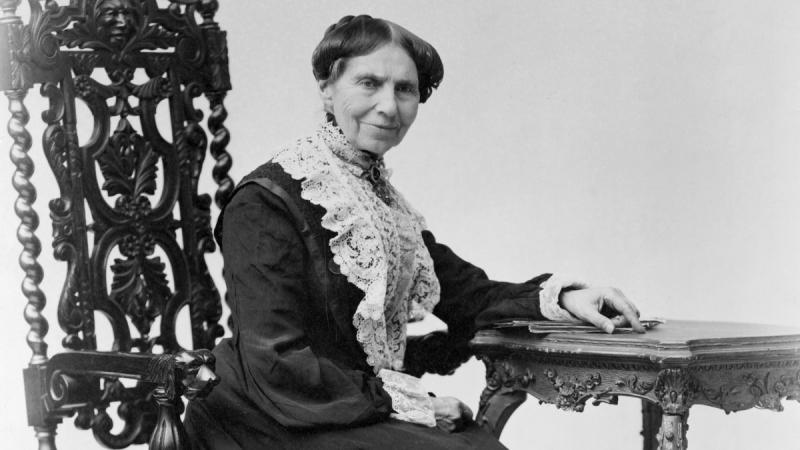
Photo: history.com 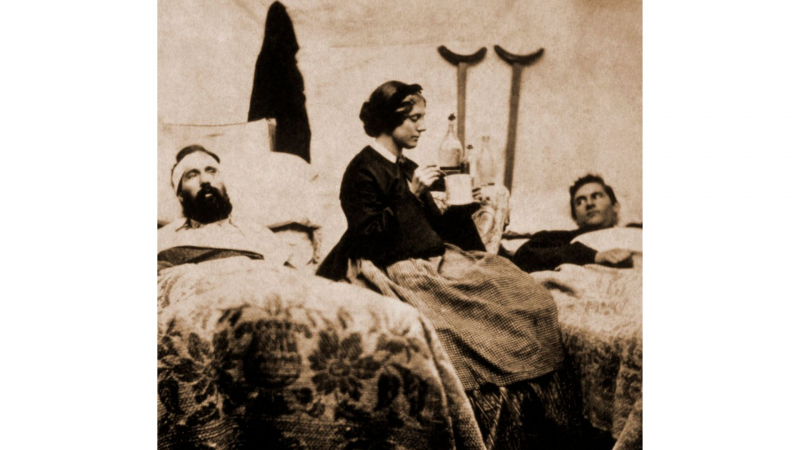
Photo: History of American Women










